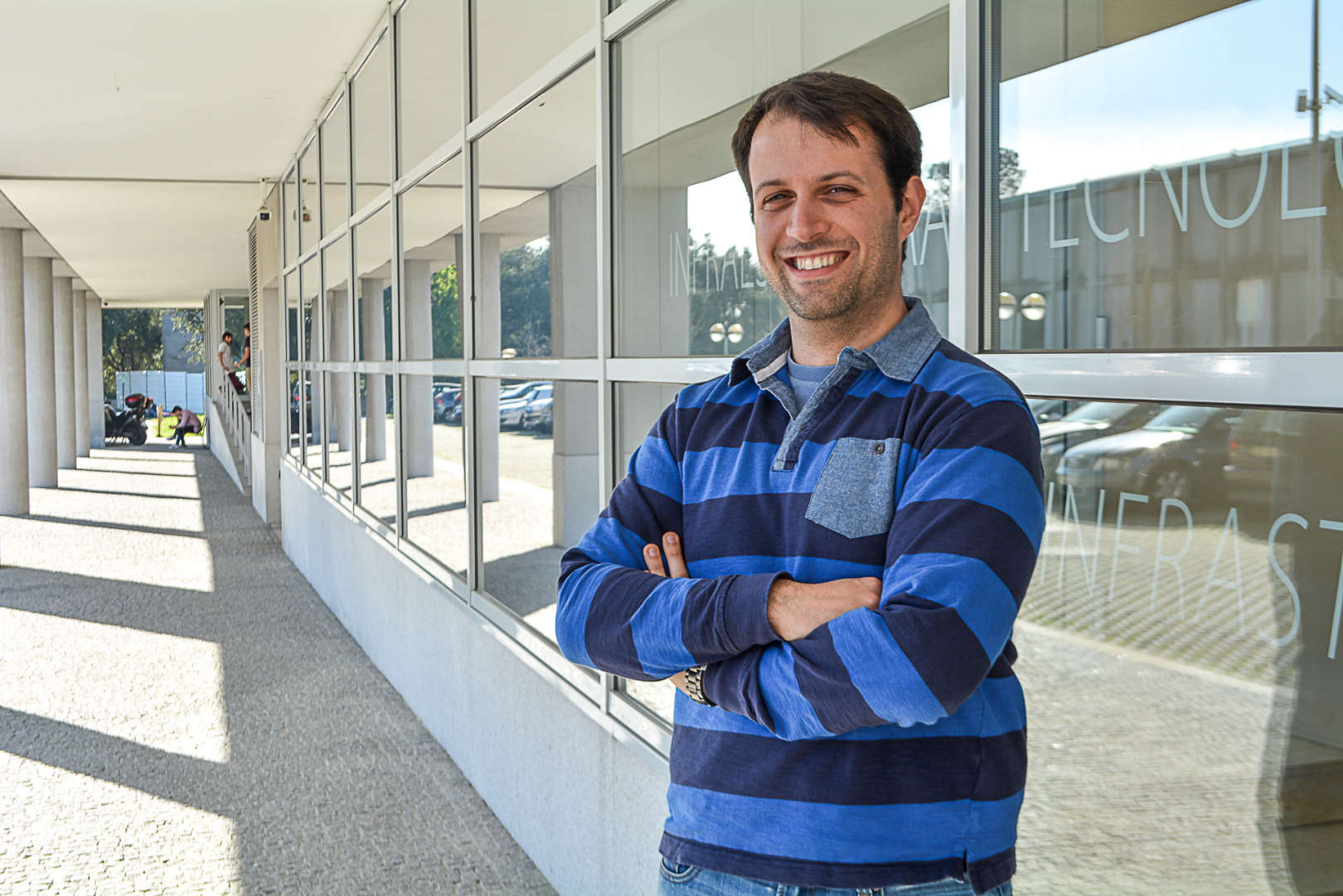Sobre
Ph.D. em Engenharia Informática pela Faculdade de Engenharia da Universidade do Porto em 2024, após ter completado o Mestrado em Engenharia Informática - Arquiteturas, Sistemas e Redes em 2009, e a Licenciatura em Engenharia Informática em 2007, ambos pelo Instituto Superior de Engenharia do Porto. Apaixonado pelo desenvolvimento de soluções imersivas, funcionais e facilmente escaláveis ??que podem ser personalizadas para satisfazer as necessidades de qualquer cliente. Experiência prévia em tecnologias como C, C++, C#, Java, Python, SQL, .NET, UML, MySQL, PHP, CSS, TCP/IP, OpenWRT, Hibernate, Android SDK, UDP, H.264, HEVC, MPEG- DASH, OpenGL e DirectX.


